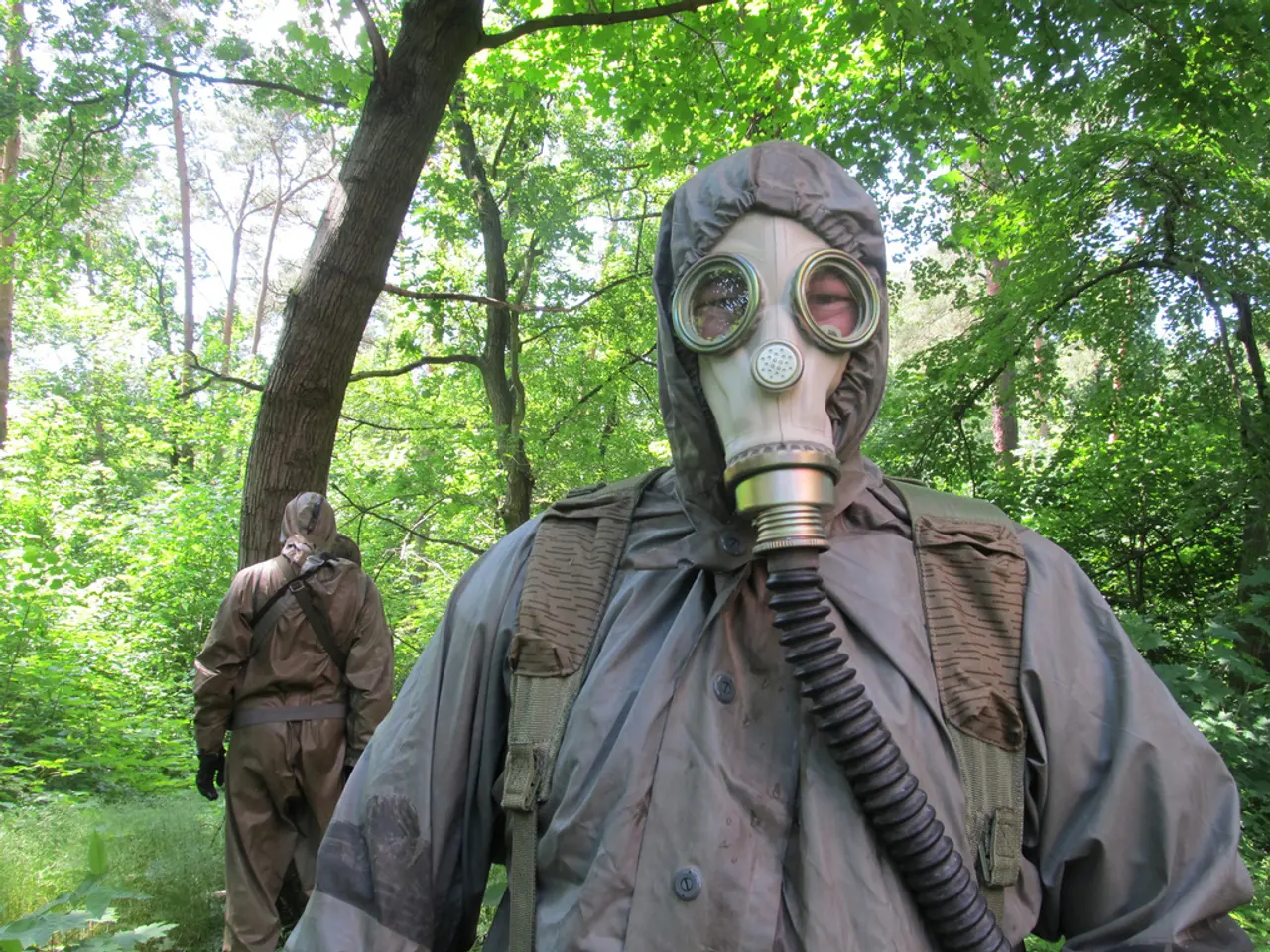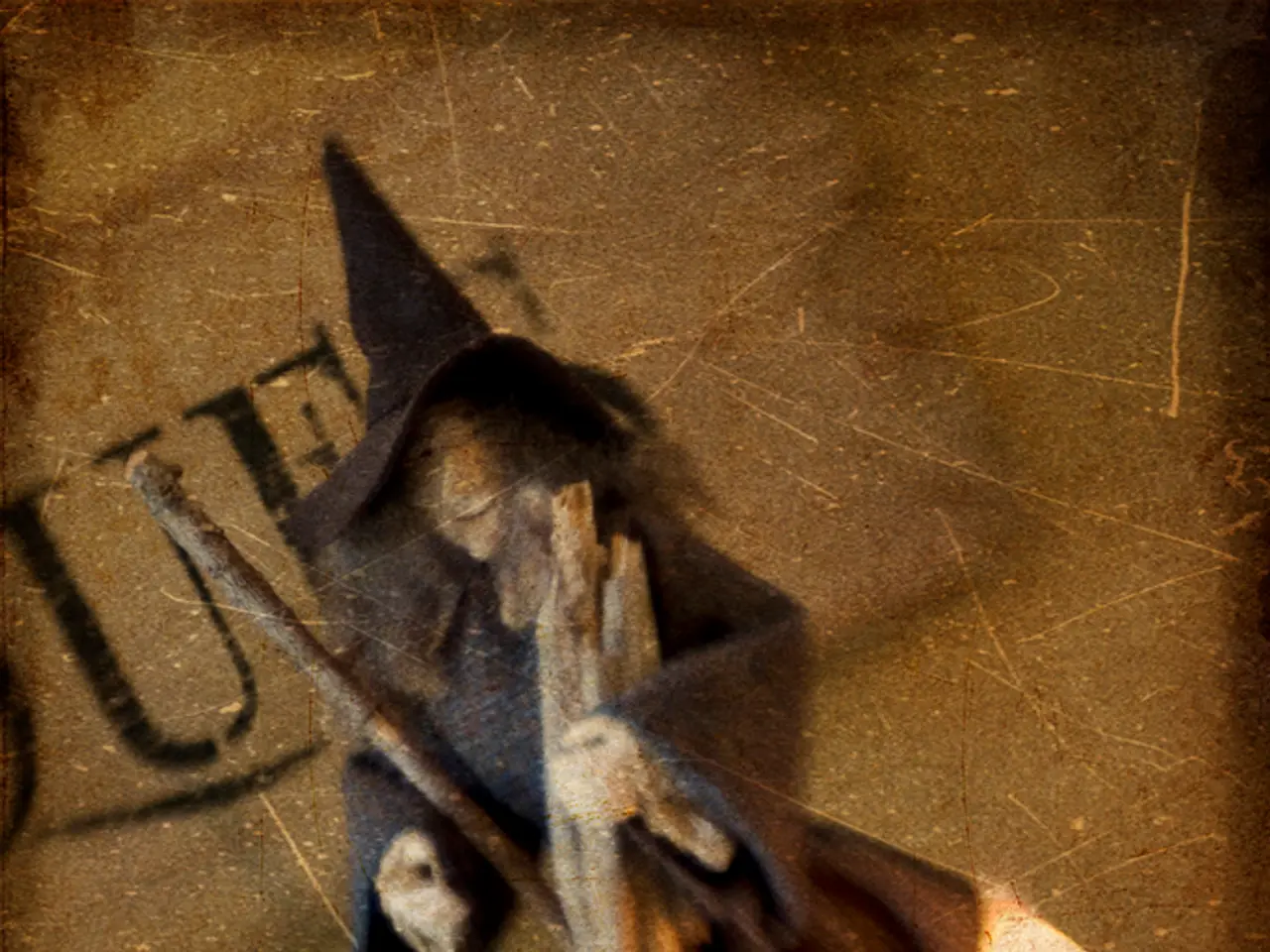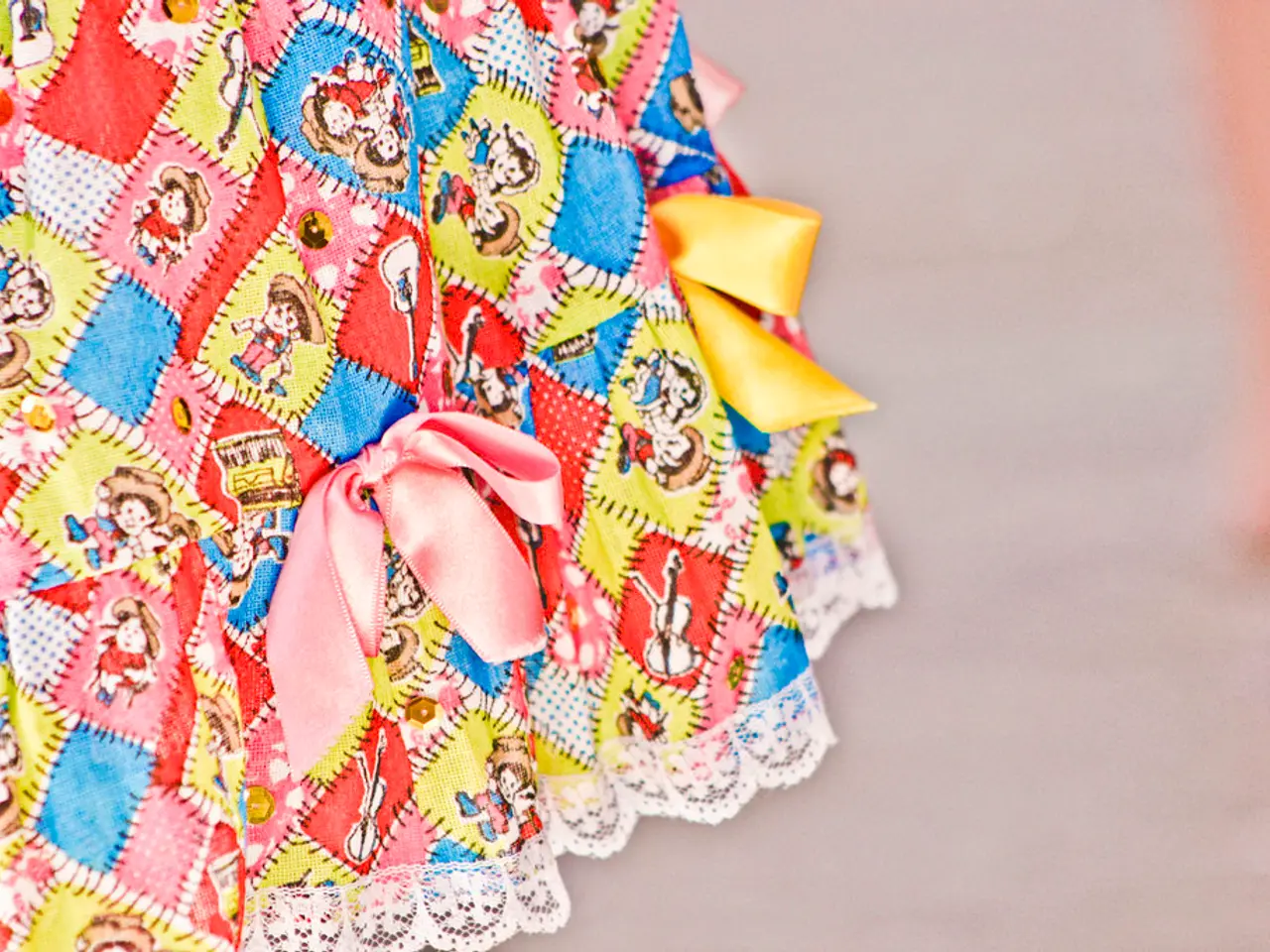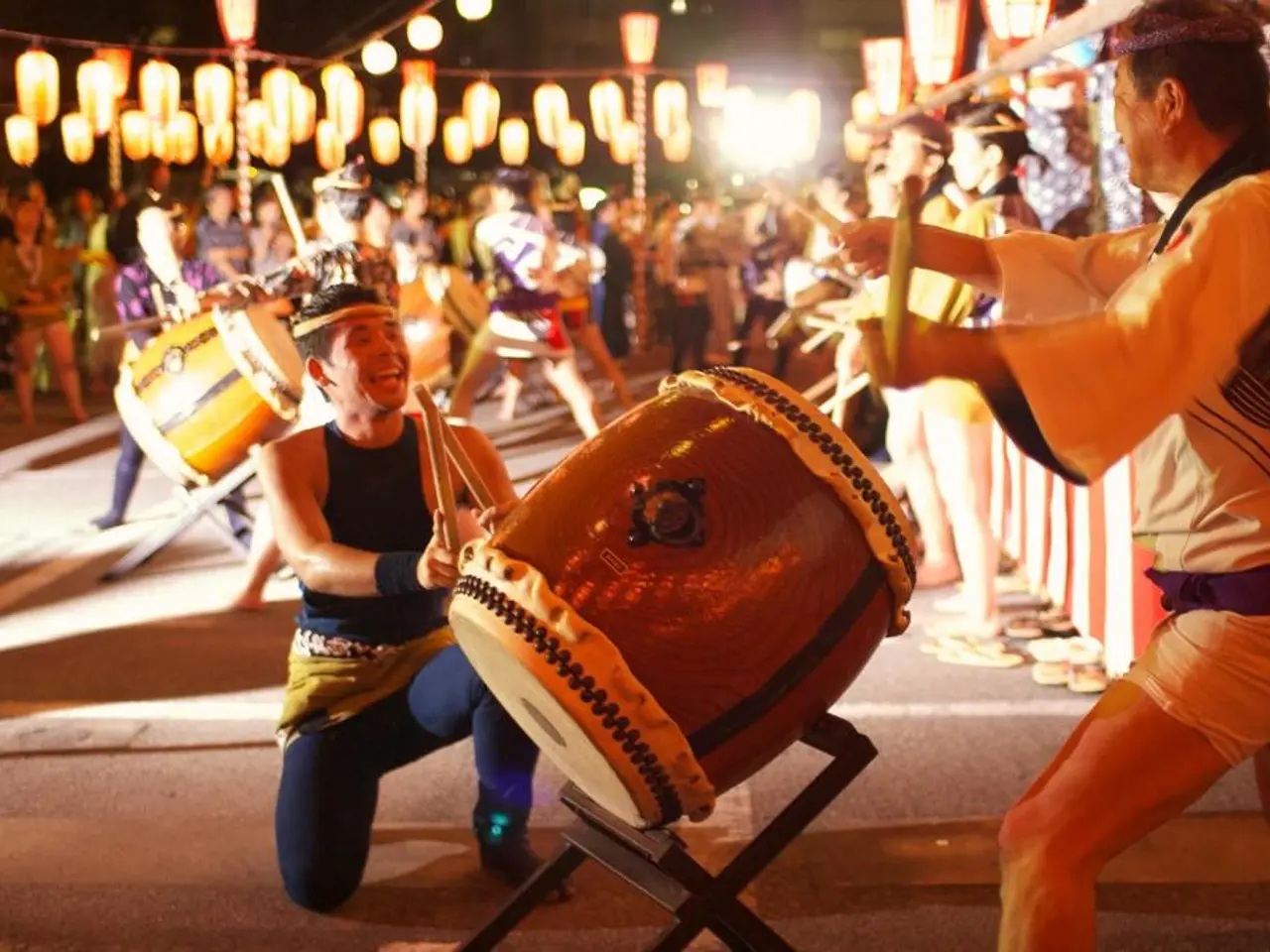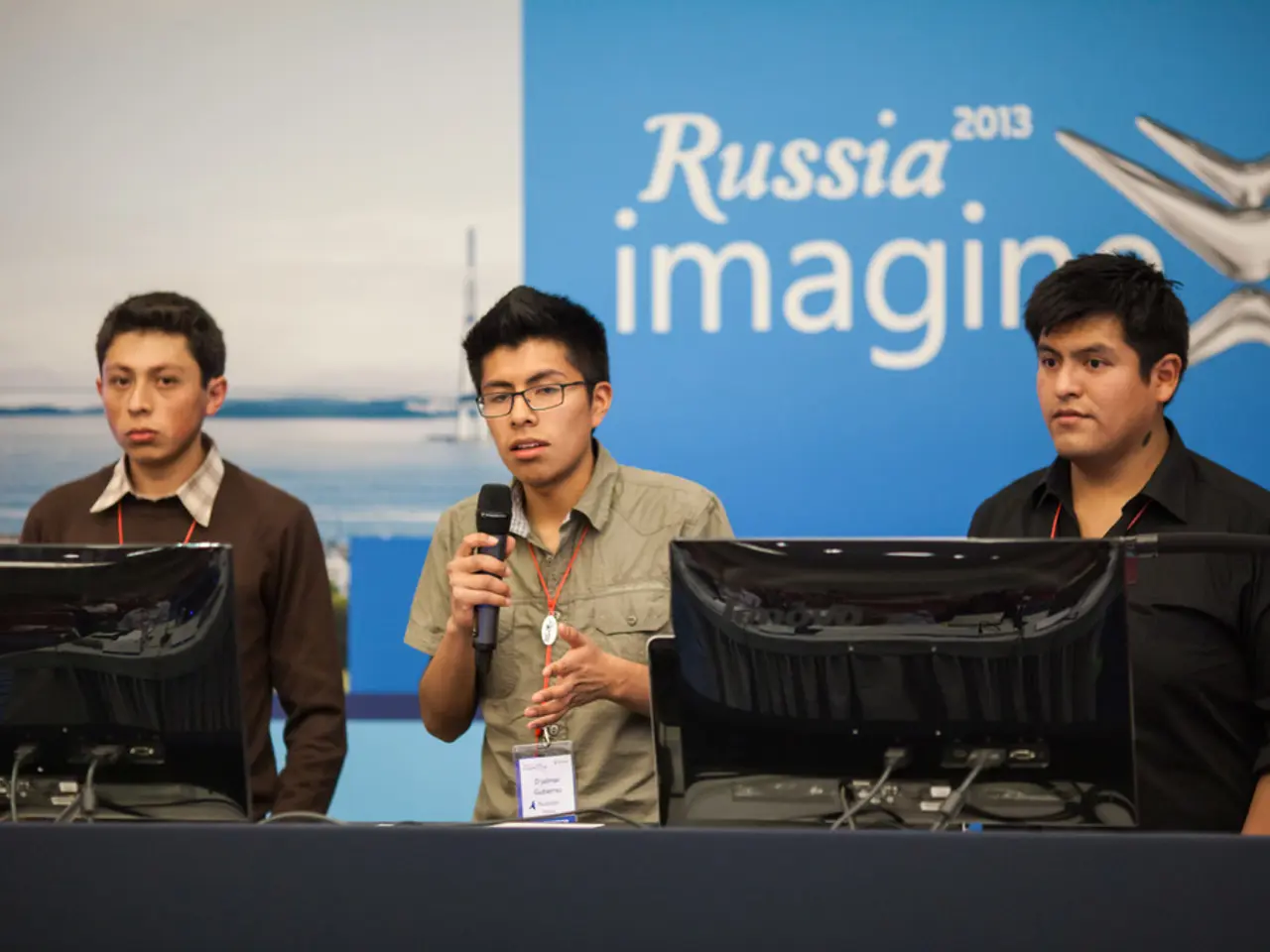Modern-day disguise, or enigmatic emissary
In the world of contemporary theatre, the mask is making a comeback, and Munstrum Theatre is leading the charge. For Louis Arene and Lionel Lingelser, the mask is essential for their unique, physical, sensual, and brutal theatre style.
Munstrum Theatre's style is superlative and queer, working at the heart of identity questions and post-apocalyptic feelings. The mask is central to their unique and queer theatre style, becoming a surface of projection and a means to project the audience's own interpretations.
Their recent production of Makbeth, inspired by Shakespeare's play in February, is no exception. Lionel Lingelser, an actor in Munstrum Theatre, plays Lady Macbeth and wears a significant mask in the production. The goal is to erase the boundary between the mask and the face, causing disquiet, and to create a sense of strangeness and unease.
The revival of masked work in the performing arts is a recent trend. Munstrum Theatre is not the only company rediscovering the power of masks in the performing arts. Younger artists are embracing masks as a means to avoid naturalism, focusing on the antagonisms between laughter and horror, and exploring themes of catastrophe, identity, and metamorphosis.
The masks in Munstrum Theatre's production serve as a means to project the audience's own interpretations. They seek to erase expression from their masks, aiming to create a people of enigmatic dolls or ghostly characters.
This theatre style transcends individual identity, evoking cultural and spiritual dimensions, and fostering a psychophysical transformation in performance. Masks allow actors and audiences to engage with themes on symbolic, emotional, and communal levels beyond ordinary representation.
The use of masks in Munstrum Theatre's adaptation of Makbeth likely follows the principle of African masque traditions, where wearing a mask enables the wearer to temporarily abandon their individual self and become a channel for ritual or mythic figures, transforming space and time within the performance.
Contemporary mask use often involves a revival or reimagining of this tradition as a tool for social commentary and artistic exploration, linking past cultural forces with present concerns. This resonates with how other artists incorporate masks to critique identity, invisibility, or disguise.
In summary, Munstrum Theatre’s use of masks in Makbeth exemplifies how masks remain vital in contemporary performing arts for their capacity to transform identity, evoke cultural and spiritual significance, and deepen the theatrical experience. This revival connects with broader cultural practices where masks provoke a transcendence of ordinary selfhood, inviting both performers and audiences into a shared, intensified realm of meaning.
In Munstrum Theatre's contemporary production of Makbeth, masks serve as tools for both the actors and the audience, fostering a unique identity exploration and bridging the gap between the individual and the collective. Meanwhile, this queer theatre style, with its focus on lifestyle and entertainment, seamlessly integrates masks into various themes of catastrophe, metamorphosis, and social commentary.
